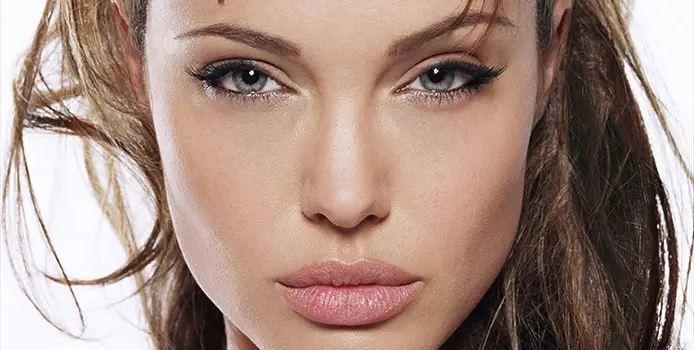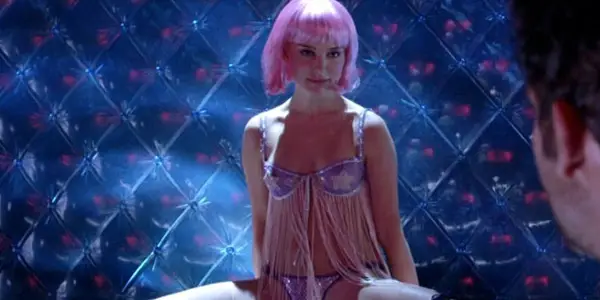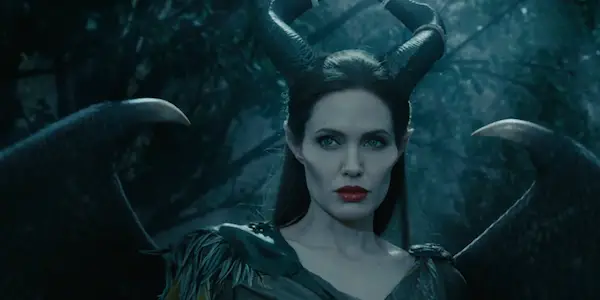Infographic: Gender Inequality in Cinema

Rachael Sampson is a Northern screenwriter and critic based in…
The New York Film Academy have kindly asked for Film Inquiry to discuss and respond to their new infographics. With one of their topics being on gender inequality in cinema (seen below and also found here), I was instantly drawn to writing this article because the issue is very close to my heart, alongside the fact that I would like to go into the cinematic industry when I am older. Will my gender affect my chances of having a job in this male-dominated industry?
In this article I will be discussing the statistics and statements posed in these informative and artistic infographics, which will hopefully apprise readers on this incredibly important issue, one that is often ignored because society has accepted it as the norm. With media shaping the world around us, it sends a harmful message, one that suggests that men and women are not equal in all aspects of the media both on and off screen.
Sexual Objectification
“28.8% of women wore sexually revealing clothes as opposed to 7.0% of men” and “26.2% of women get partially naked while 9.4% of men do” in the top 500 films of 2007-2012. Instantly, that suggests that women are sexually objectified. It could be said that men are sexually objectified as well, which is true, and there isn’t necessarily anything wrong with people being exposed this way in film; however, for every 1 male that is portrayed in this manner, you have 4 (4.1) women. It infers that a woman’s main priority is to look good physically, and that it is more important than their intellect. As a young girl growing up, I was told not to worry about aesthetics, yet the media constantly contradicted this, suggesting that success and happiness will only come from looking as flawless as Mila Kunis or Natalie Portman.

“Teenage females depicted with some nudity has increased 32.5% from 2007-2012.” What kind of message does this send to the younger generation? Film is shaping our culture, so if one is exposed to this, why wouldn’t an easily impressionable teen look up to the girls they see on the big screen and then dress more provocatively in order to match their favorite stars?
Alongside the fact that the actresses playing these roles all tend to have a specific body type, and with the industry lacking variation of what you see on screen, young girls are going to feel saddened and self-conscious because they might not look like the stars who are constantly displayed. This impossible representation of women could then trigger eating disorders, anxiety, depression, etc. Laura Mulvey’s Male Gaze theory states just this – that audiences are surrounded by media which appeals specifically to the heterosexual male.
Inequality Behind The Camera
With this in mind, it also can be compared to the people behind the camera, who are predominantly male. The ratio is 5:1, to be precise. One brutal statistic that sticks out is “cinematographers: 2% women and 98% men” in the top 250 films of 2012. That isn’t even remotely close to being equal. Out of all the statistics on the infographic regarding industry inequality, the highest percentage of women working behind the camera is 25%, and out of all the areas within the industry, there are more women that are producers than are writers, directors, cinematographers, etc. And even then, there are only 25% of women in producing compared to 75% men.
Not only does this pose an issue for audiences wanting to watch movies, as it suggests that inequality should be accepted within the media, but it is also incredibly discouraging towards women who want to have a career in the cinematic industry. This needs to change, as these people are the ones who decide what audiences see. They decide the fate of the characters we closely admire, and they also decide on the representation of men and women in film.
Unequal Pay
“In 2013 the highest paid female actor, Angelina Jolie made $33 million, roughly the same amount as the 2 lowest ranked men” and “of the 16 biggest paychecks earned by actors per film, not a single one was earned by a female actor.” Not only are the genders represented unfairly on screen and behind the camera, the paychecks also reflect clear inequality. Out of all the highest paid actors in 2013, Angelina Jolie ranked 10th, (1st-9th were all male).

These statistics speak for themselves, but the obvious issue of inequality seems to be swept under the carpet. It is time people were truly aware of the prejudice that has been ignored for so long. Actors and actresses should have pay which reflects their talent and skill for the art, not their gender. And there should be more roles open for female protagonists, since women purchase 50% of movie tickets in the US. An equal number of each gender view the films, so why can’t 50% of the films include a female protagonist? Movie makers seem to enjoy keeping a firm grasp of the ancient misogynistic representation of women, especially when you look at such male-dominated films as Iron Man, Fast and Furious, Project X and The Dark Knight.
Progress Made
Luckily, it isn’t all doom and gloom for women in the film industry, as things are slowly changing. There are some incredibly talented women who are fighting against this bias by not letting oppression stand in the way. Not only do they battle the bias, they have strived and reached new peaks in cinematic history. For example, Lena Dunham (mentioned on the infographic) is an amazing asset to the world of television and film. She is a director, screenwriter, and producer, who often stars in her own productions as well. And she has the awards, ratings and fans to show for it. Tiny Furniture is one of her major successes.

Not only are there women striving for work behind the camera, in front of the camera we have also been introduced to some very empowering women as well. Katniss Everdeen (The Hunger Games) and Lisbeth Slander (The Girl With The Dragon Tattoo) are two characters that battle sexist stereotypes by taking part in conflict and even role reversal, where the weaker character is in fact a male; for example, Peeta in The Hunger Games, who relies on Katniss to keep him alive, which presents an interesting flip on gender stereotypes.
In Conclusion…
Although we have made some great breakthroughs in recent times, there is still a long way to go. At the moment, cinema is very biased and predictable, and that worries me. The chain must be broken so that men and women have equal representation in film, and so that young girls can grow up and watch strong women be independent and see that they don’t need to sit in an ivory tower and wait for a prince to come rescue them. Women do not need men to define themselves, and men do not need to play up to the dominant ‘bad ass’ stereotype illustrated in the movies.
It would be refreshing to see more characters that pose realistic representations of women and men in film, in order to give the next generation a chance at equality. I am determined to not let this prevalent issue affect my aspiring future in the industry. We need more men and women to stand up against this bias, and to create more works which show a fair depiction of the genders.
I am determined to be one of those people. I am determined to change those statistics.
I hope this article has notified readers of an extremely prevalent issue in film and I would love to hear your thoughts! Can you think of any movies that portray men and women in stereotypical ways? Can you also name some films that challenge gender inequality? Share your views below!
(top image: Angelina Jolie – source: hdw.com)
(Infographic courtesy of New York Film Academy)
Does content like this matter to you?
Become a Member and support film journalism. Unlock access to all of Film Inquiry`s great articles. Join a community of like-minded readers who are passionate about cinema - get access to our private members Network, give back to independent filmmakers, and more.
Rachael Sampson is a Northern screenwriter and critic based in London. Her latest film is currently in post production and she has 2 shorts cooking in the oven. Rachael is also a published short story author and theatre maker. She often finds herself daydreaming about Andrea Arnold's filmography and firmly believes that Inglourious Basterds is the greatest movie ever made.













